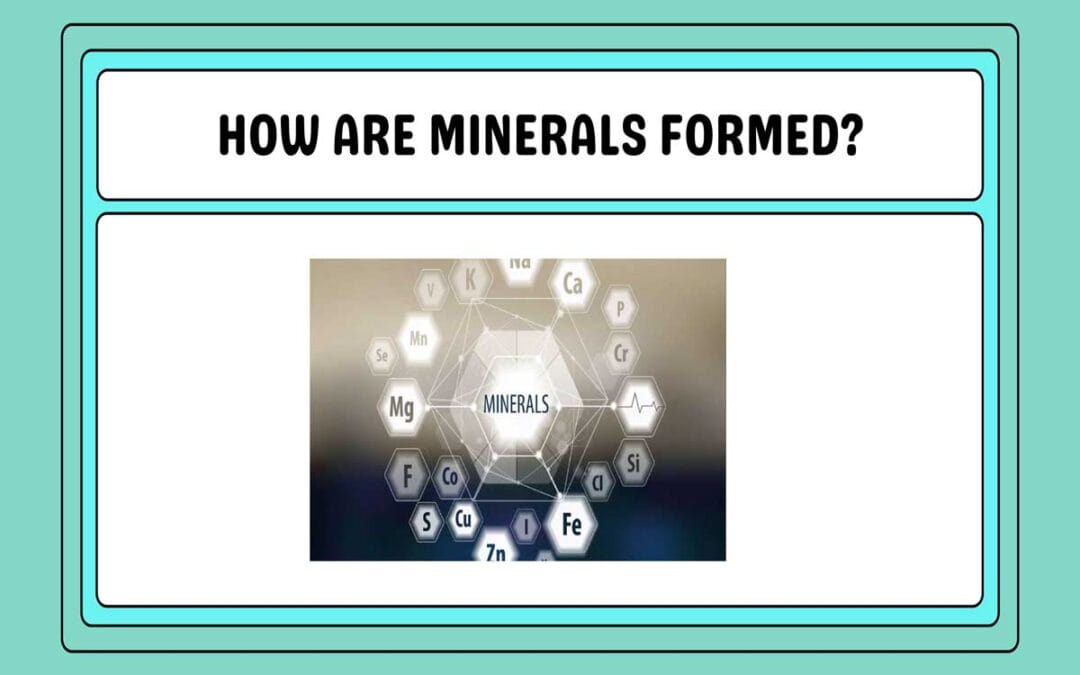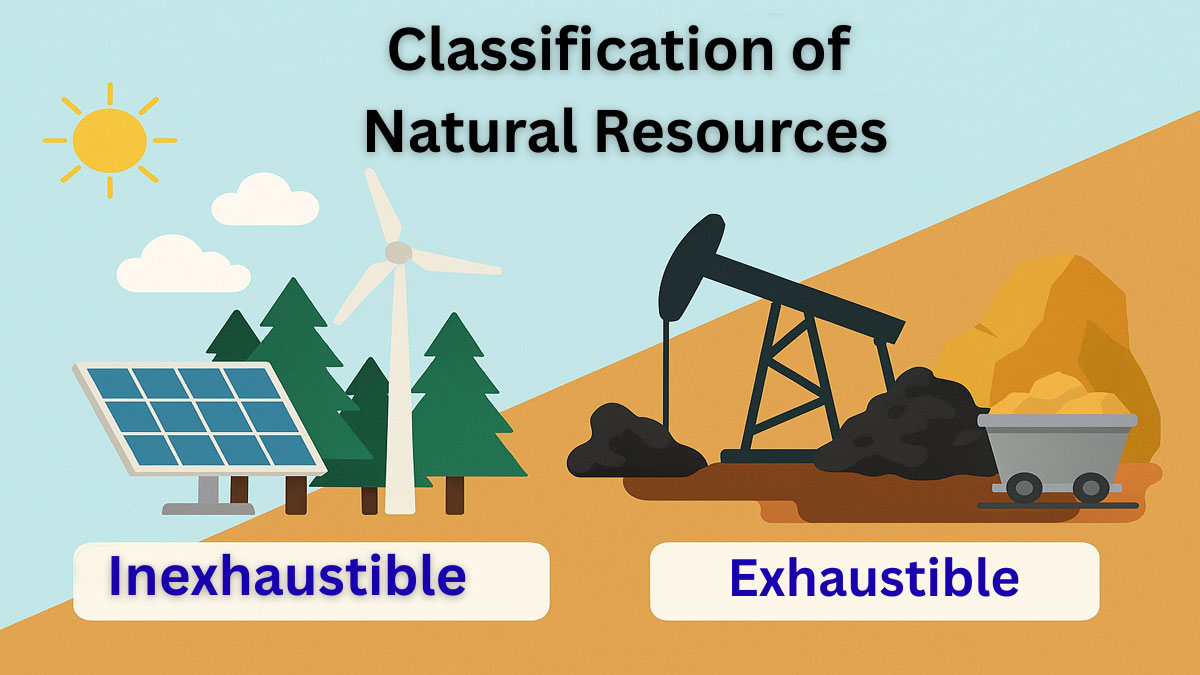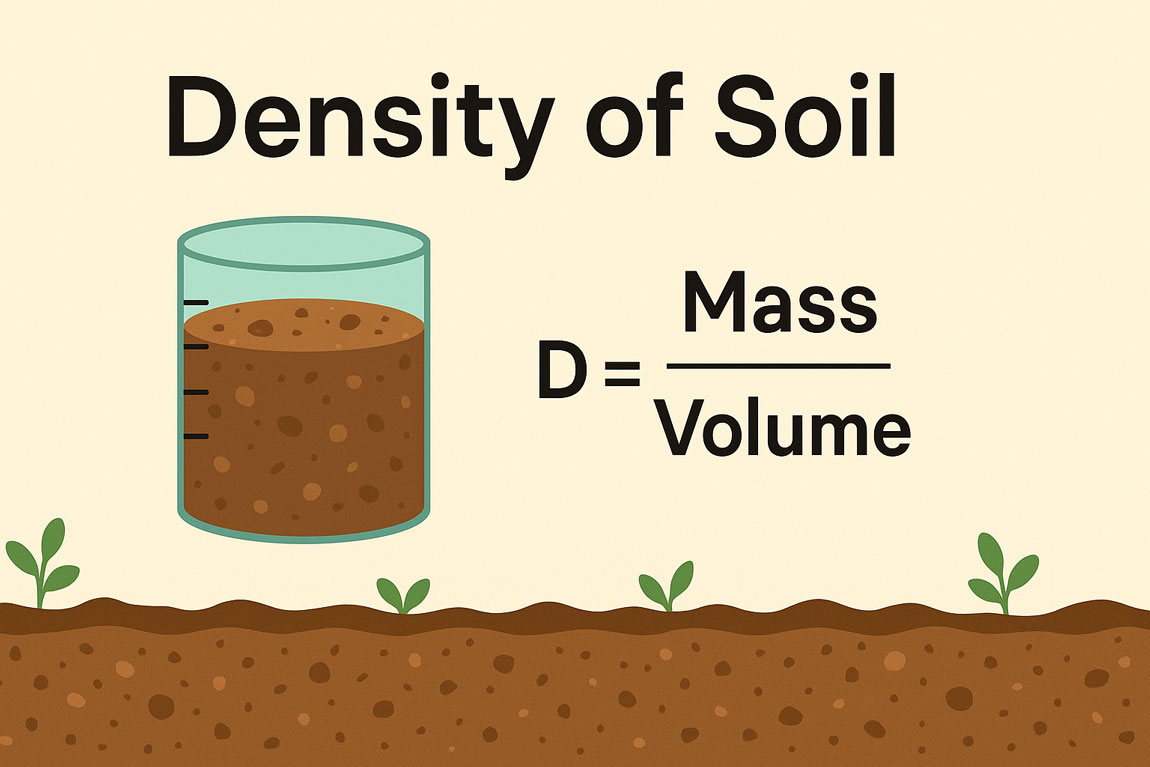The science of mineralogy is a branch of the earth sciences that studies minerals and their physical and chemical properties. Within mineralogy, some study how minerals are formed, where they are geographically located, and their potential uses.
Mineral:
A mineral is a naturally occurring homogenous solid with a definite chemical composition and highly ordered atomic arrangement. An inorganic process usually forms it.
Examples: Gold (Au), Quartz (SiO2), Halite (NaCl), Feldspar, Opal, Diamond, Ruby, etc.
Formation of Minerals:
A mineral crystal must grow if the elements needed to make it are present in the appropriate proportions, the physical and chemical conditions are favorable, and there is sufficient time for the atoms to arrange.
Physical and chemical conditions include temperature, pressure, water presence, pH, and oxygen availability. Time is one of the most important factors because atoms take time to form order. If time is limited, mineral particles will remain very small. Water availability enhances ion movement, forming larger crystals in a shorter timeframe.
How do minerals formation in nature:
- Minerals mainly take shape from the solidification of magma, which is molten material found beneath or at the surface of the Earth. Example: Quartz, Feldspar.
- They precipitate from solution at or near the earth’s surface. Example: Halite, Calcite. New minerals emerge when existing minerals undergo changes through processes like weathering, diagnosis, and metamorphism. Example: Kaolinite, China Clay
- They may be sublimate from vapor, though rare, but can take place at a volcanic rent.
Example: Sulfur.
Other ways for minerals formation:
- Weathering is the process by which minerals that are not stable at Earth’s surface can transform into different minerals.
- Organic formation refers to the process by which minerals, mainly calcite in shells and apatite in teeth and bones, are created by living organisms. Even though these minerals are formed biologically, they retain the designation of minerals because they can also arise through inorganic processes.
- Opals are minerals because they have all the other properties of minerals but do not have a specific structure. Pearls are not minerals because they can only form through organic processes.
The important uses of minerals are:
- Gem/Precious Stone: There are criteria for these types of minerals. They are: (i) Beauty, (ii)
Durability, (iii) Rarity. Example: Diamond, Ruby.
- Precious Metal: Some precious metals are also gained from minerals. Example: Gold,
Platinum, Silver.
- Ornamental Stone: Those with beauty and durability are used as ornamental stone.
Example: Pyrite, Orpiment.
- Pottery, Glass, and Cement: Some minerals are used for pottery, glass, and cement.
Example: Kaolinite.
- Paint, Paper: Some minerals are used for their color pigment and as the raw material of
Paper. Example: Hematite.
- Fertilizer: Sulfur and its minerals are hugely used as fertilizer.
- Optical and Scientific Apparatus: Quartz and calcite are optical and scientific apparatus.






